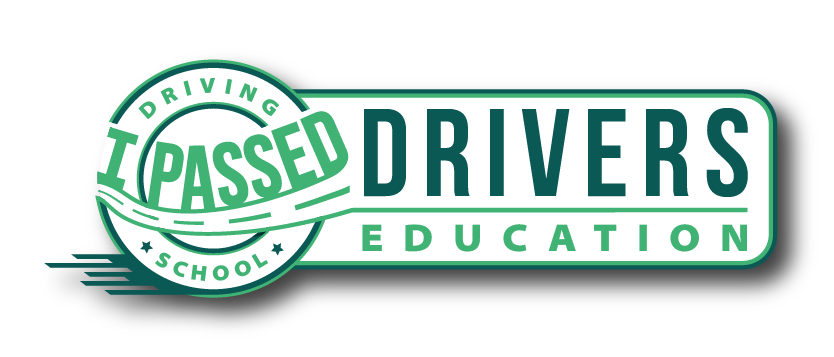Contents
Finding the right Orange Country driving school match for your inexperienced driver is an important step to helping them gain independence as they transition into adulthood. The rules of the road are something that can most effectively and efficiently be learned through behind the wheel driving lessons and classroom or online instruction.
There’s no one agency that oversees all driving schools nationwide, so it’s important to make sure you pick an institution that’s approved or accredited by your state. This process can take some digging, and it’s important to realize that not all driving schools are created equal. It’s important to take your time choosing the right school.
Uncover Your Options
In order to find the best driving schools in Orange County, you have to know which schools are available to you. In recent years, online classroom instruction has become very popular. However, it’s important that new drivers also have six hours behind the wheel driving instruction. In fact, the state of California requires it before teens can get their licenses.
While you can decide whether online instruction or traditional classroom setting is best for your child, they will have to take behind the wheel lessons that allow them to learn from experience.
Do your Research
There are tons of Orange County driving schools available. However, in order to know which will be best for your teen, you’ll have to do a little digging. You should always make sure the school or course is licensed by the appropriate government agency. The requirements will vary from state to state; however, they must be accredited in order for the schooling to count toward the necessary education for getting a license.
If you don’t know where to start the research stage, you can ask your local Secretary of State or DMV, depending on where you live. You can also do a quick search online for driving schools near you. Their accreditations should be one of the first things you see on their websites.
Read More: Teens Behind the Wheel: Laws & Requirements
Understand the Curriculum
When you do your research, you’ll come across at least some information about the curriculum. You’ll find that some states have a mandated curriculum, and others don’t. If your state doesn’t have a mandated curriculum for driving schools, make sure that it has been approved by a recognized organization like the National Safety Council.
Visit a Classroom
If you’re considering sending your teen to a traditional classroom setting instead of online, you’ll need to be able to check out the classroom. When you visit the school, you can take a look at the equipment they’re using, whether they’re using textbooks, and how the information is given to students. You will also feel much more comfortable knowing who is teaching your child.
When you visit the school, you can also get a feel for the learning environment. This is beneficial if the student driver has a hard time learning in a traditional setting. The introduction of tools for a more hands-on experience may be best for them.
After you visit the classroom, you should also compare it to online learning. If you contact an online driving school, make sure that they can give you as much information as possible. They may be able to give you a sample lesson to take home and review so that you can determine whether or not it’s a good match.
Look at the Cars
One of the most significant aspects of learning to drive is real-world experience. Since your teen driver will be learning in a real car and on real roads, it’s important to assess the vehicles that will be used as closely as you’d inspect their first car. Check to see if they appear to have hit a lot of curbs. Signs of damage may mean that the instructor was not as attentive as they could have been in the car.
You’ll also need to make sure the vehicles are properly labeled as student driver cars. People on the road will need to know that information so that they know to keep a safe distance and not make any sudden lane changes in front of someone who is learning.
Find Out How Much Learning is Behind the Wheel
There’s no better way to learn to drive than getting out on the roads. How much time in the car the student will get will depend on the school you choose. Some will do a minimum of six hours and offer optional hours for those who want to improve their skills. Others will have a requirement of more than six hours. This will vary from school to school, so it’s important to make sure you know how much real experience your teen should have.
Also, you’ll need to know how much of that time on the road is dedicated to practicing turns, parking, and lane changes on busy highways. If your student doesn’t get the chance to learn how to drive in every type of situation, it could put them at a dangerous disadvantage in the future.
Read More: Choosing the Right Driving School for Your Teenager
Meet the Instructors
The people who teach your teen how to drive should be vetted just as well as the teachers in their school. Instructors are meant to serve as positive role models on the road. They should be strict and firm, but also understanding and patient. Being able to nurture a beginner is the key to helping them learn how to drive effectively and safely. Make sure to find out how driving instructors are chosen and how much experience they have.
Learning to drive is a memorable experience for any teen. The school you choose to send them to will be responsible for their success on the driving test and their future driving. Make sure to work with professionals who put the safety of your teen first.

